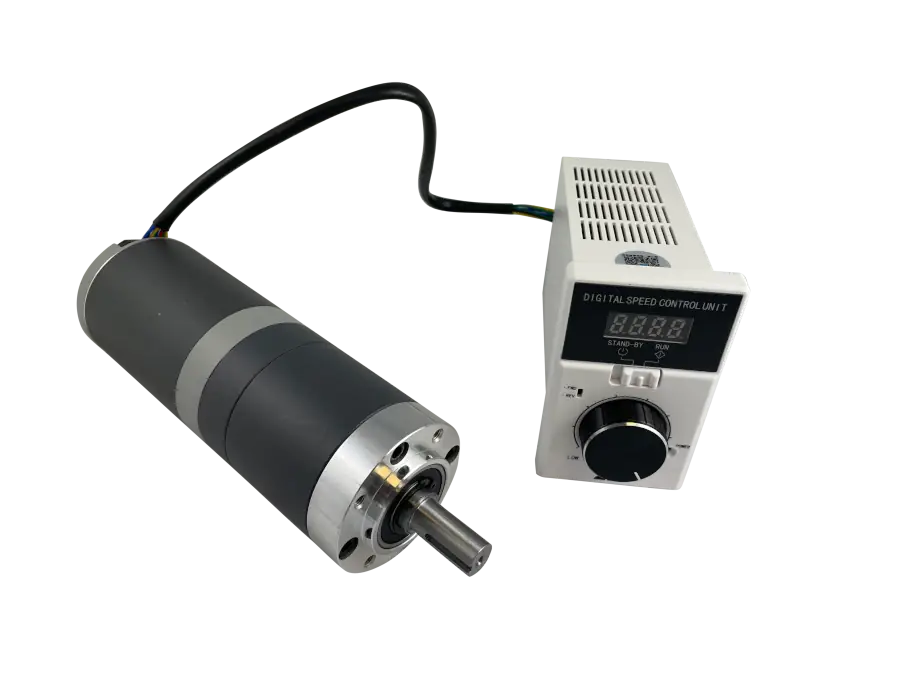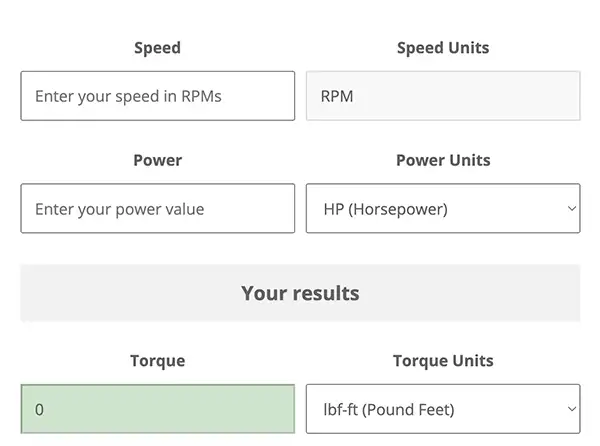Optimized BLDC Drives
Brushless DC motors achieve the best performance when paired with a drive that matches the motor characteristics. A poorly optimized drive paired with a BLDC motor will adversely affect motor performance and potentially shorten motor life. This article covers several issues related to a non-optimized drive.
The initial selection process of a proper drive for a BLDC motor typically focuses on motor current and voltage ratings. The drive’s continuous and peak current ratings should closely match the motor’s continuous and peak rating. A drive with a continuous current rating well above the motor capability could easily overheat the motor if the load torque exceeds the motor rating and the drive limits are not properly set. The correct voltage drive will allow the full motor speed rating to be achieved. A drive not rated to deliver the proper voltage will either limit the motor performance (too low a voltage) or degrade the motor insulation system (too high a voltage).

Other subtle factors can affect motor performance. Most drives are configured with the appropriate motor parameters, so the algorithms used to apply voltage and current to the windings are suitable to keep the motor under proper control. The timing of the current waveforms applied to the motor is synchronized to ensure smooth motor operation. Parameters such as pole count, inductance, feedback resolution, current and voltage limits, as well as expected load inertia are all used to establish the initial setup of the servo loop tuning parameters. If the parameters in the drive are not carefully matched, improper tuning can cause non-optimal motor performance such as unstable motor commutation, which would cause erratic motor operation or unstable performance that contributes to added motor heating and reduced motor life.
Most drives offer a means to fine tune motor performance through filters applied to the servo loops (current, velocity, and position loops). These filters optimize the servo loops for stable operation at the highest obtainable bandwidths. A drive with suitable tuning capabilities enhances the motor/drive system and further optimizes the BLDC motor performance.
Finally, there are overall system mechanical ramifications of a non-optimized drive/motor system. An unstable motor may introduce unwanted machine vibrations that could cause premature wear in bearings or other moving elements in the connected mechanism. Non-optimized drives result in lower system bandwidth that leads to the reduced productivity of the machine. The selection of a drive optimized to the motor is paramount in successful machine or device implementation.
 Request a Quote
Request a Quote
